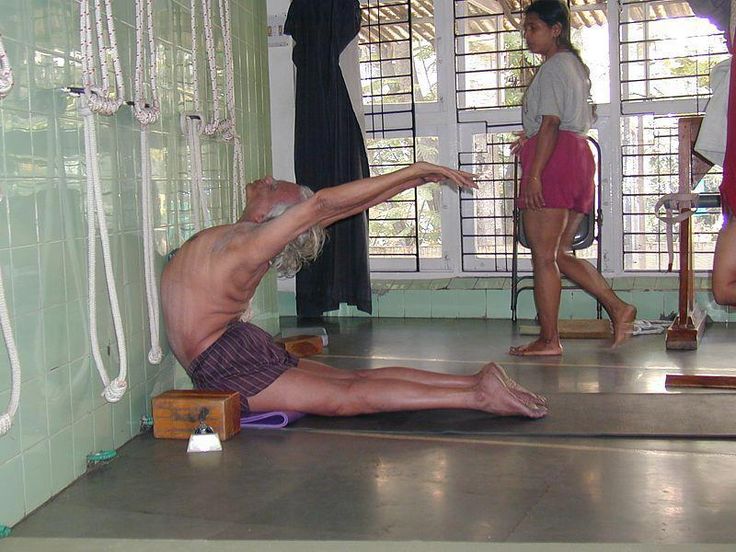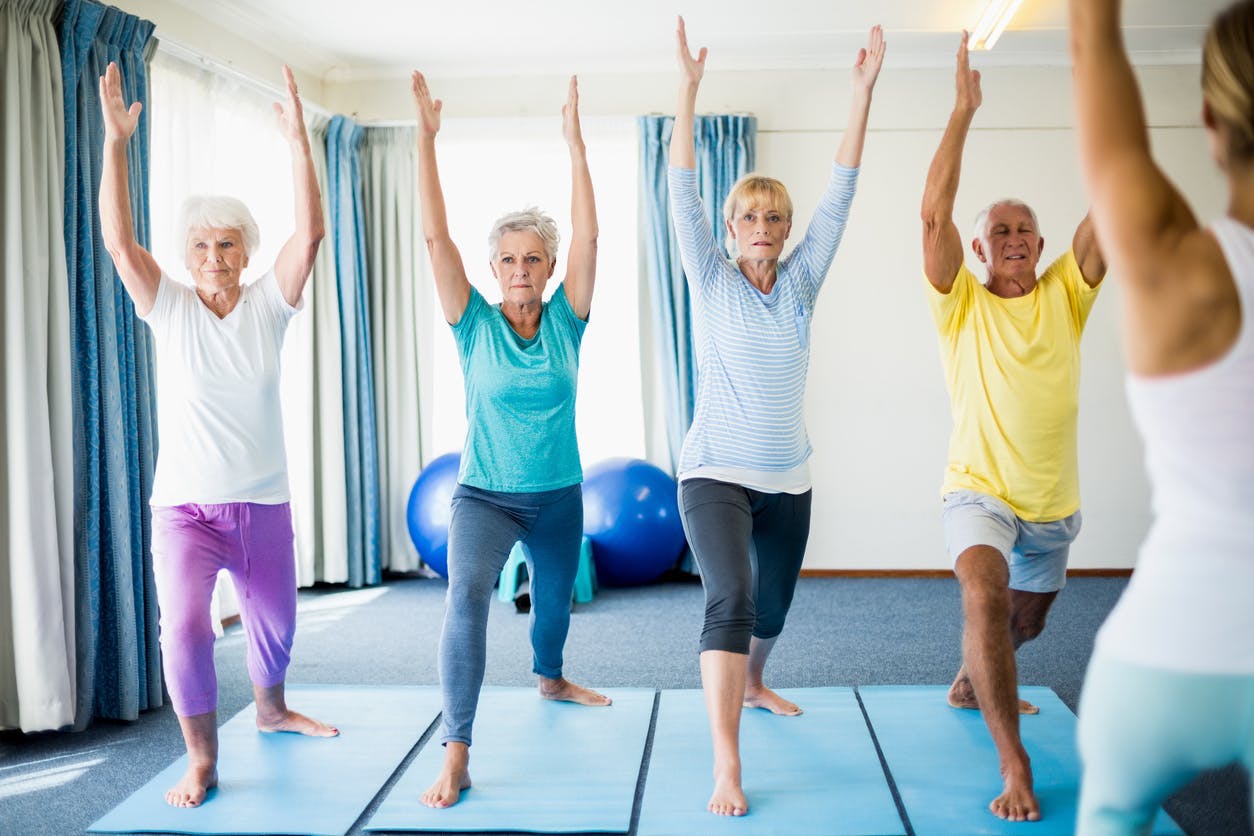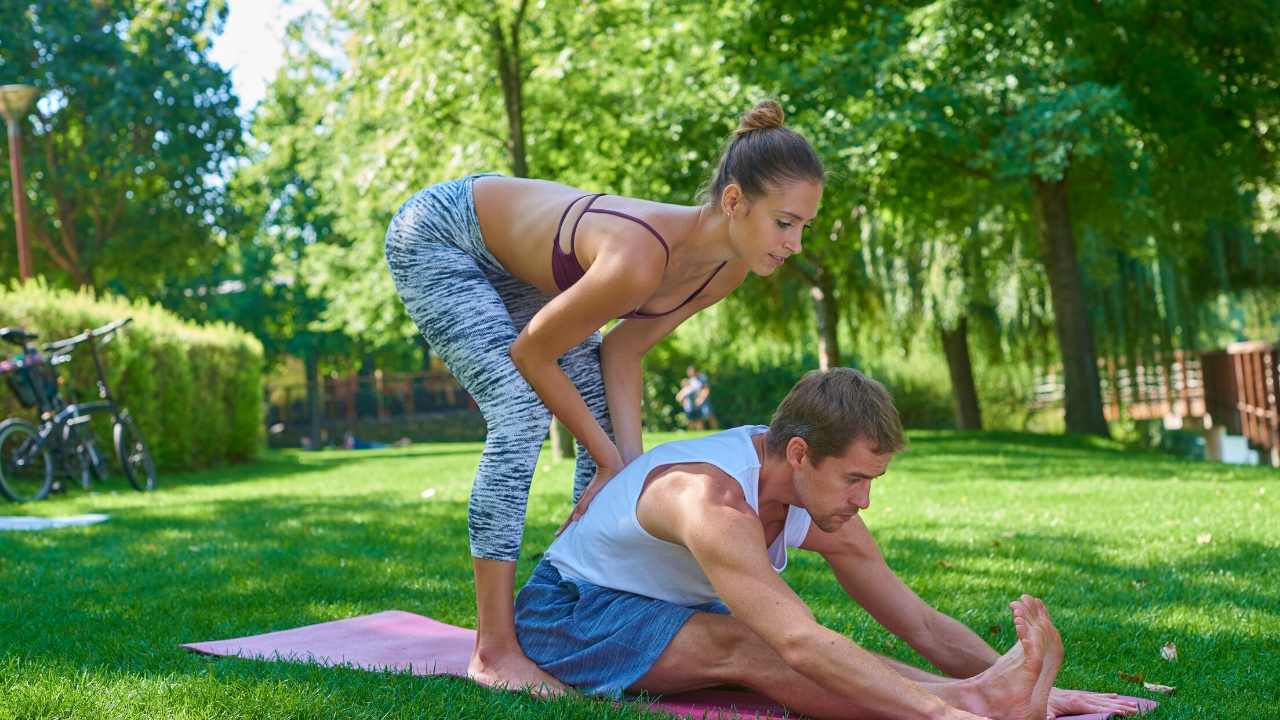
Flexibility yoga can help you stretch and improve your flexibility. You will experience a better circulation and immune system. It will also help with backaches and arthritis. Yoga is also known to reduce inflammation and improve mood.
If you are looking to increase your flexibility, you may want to start with some basic poses. These basic poses require very little equipment and are quite easy. Although there are many types, there are only few that can be done anywhere.
The downward facing dogs are one of the best poses for flexibility. This pose is ideal for increasing flexibility in the hamstrings and hip flexors. Spread your hands wide and then stretch your legs out. Next, bend your knees to the side and lean forward. For about five to six minutes, hold the position and then let go.
The eye of the needle is another good pose for flexibility. This will activate the quadriceps as well as the psoas. This will release tension in the hips, back, and legs.

Forward bend is another pose that can increase flexibility. It is one the most well-known yoga poses that increases flexibility. This pose should be held for at least a few minutes. Alternatively, you can do a standing forward bend. Your torso should be straight. Next, reach up to your head and extend your arms straight out.
The bridge is another useful feature. It will help build your upper and lower back strength. This move should only be performed after light exercise or when the body is warm. You should not do this pose more than a few times per day as it can be too difficult for your body.
Try the Airplane Pose if you're a beginner in yoga. This pose involves standing straight up, raising your right knee off the ground, and holding it for approximately five breaths. Similarly, the Eye of a Needle Pose is a sexy stretch that relieves tension in the shoulders and thighs.
The forward bend, standing forward bend, standing leg lift, and standing forward bend are all great yoga moves to improve flexibility. You must ensure that you do these stretches correctly. A series of stretches can be a good idea as it will give your muscles time to recover.
An additional useful stretch is the extended sides angle. To accomplish this, you'll need to step backwards but maintain a 90° angle at the knee. Once in the bent position, you will place your left hand through the space between your right and left thighs.

Flexibility yoga requires that you stretch for at least 15 minutes per day. Pay attention to the length and duration of your stretches during this time. Do not rush through your poses, and remember to breathe deeply to maximize the benefits of each stretch.
Props are crucial when performing yoga for flexibility. You don't necessarily need to have expensive equipment, but it is helpful to have a towel or another type of mat.
FAQ
Does yoga make me look like a hunk?
No! After practicing yoga, you will not appear like a Hollywood star. Instead, yoga will make you appear stronger, fitter, more flexible, and toned.
What has research shown about yoga for wellbeing?
Yoga has been proven effective at improving mental health, reducing stress, and promoting overall well-being. It helps people lose weight as well as maintain a healthy body Mass Index (BMI).
Yoga can lower blood pressure, improve cardiovascular function, and boost immune system functioning.
These are only a few of the many benefits that yoga can bring.
The list is endless!
Can yoga help me quit smoking?
People may stop smoking by practicing yoga. Yoga makes them feel more positive, and reduces stress. It also helps reduce weight gain from overeating food. This could lead to quitting smoking altogether.
What happens if I stop doing yoga?
After a while, it's normal for people to lose interest in a particular activity. However, your body may become stiffer if you stop practicing yoga regularly. Poor posture, lack exercise, and simply ageing can cause stiffness.
Retaking classes may be an option if you find your ability to learn more difficult over time. It's important to maintain a regular routine. Exercise helps strengthen your bones and muscles, so ensure you get enough sleep and eat well.
Statistics
- According to calorie estimates calculated at Harvard Medical School, the average 125-pound person burns about 120 calories in a half hour of hatha yoga, and a 185-pound person burns about 178 calories in that half hour. (everydayhealth.com)
- About one in seven U.S. adults practiced yoga in the past 12 months, according to a 2017 national survey. (nccih.nih.gov)
- The people in the yoga group were 37 percent more likely to have quit smoking by the end of the 8-week program. (nccih.nih.gov)
- Gentle yoga has been shown to ease some of the discomforts of tender, swollen joints for people with arthritis, according to a Johns Hopkins review of 11 recent studies. (hopkinsmedicine.org)
- Start your Fall off right with 20% off All Access Membership when you sign up by 9/25! (corepoweryoga.com)
External Links
How To
What can yoga do for your menopause symptoms
Yoga is an ancient practice that originated in India and focuses on stretching, breathing, and meditation. It has been used for thousands years to help people stay fit. As people search for other ways to stay active and healthy during stressful times, this has been gaining popularity.
Yoga is based around using physical postures (asanas) to stretch muscles, improve posture and increase flexibility. This helps relieve tension as well as build strength and stamina.
There are several types of yoga. Each type is focused on different aspects of the human body, such relaxation, breath, stretching, or breathing.
All forms of yoga have the same goal: to restore balance within the body as well as the mind. The benefits of yoga include improved fitness, better sleep quality, weight loss, increased energy levels, and reduced stress levels.
Several studies have shown that yoga may be beneficial for treating conditions such as depression, anxiety, and insomnia. But, it is difficult to prove its effectiveness for other health problems such as menopause symptoms.
Yoga can help you feel happier and healthier, as well as teach you how to relax in stressful situations. This could be very helpful for menopause.
Yoga can cause muscle soreness, so it is important to start at a low intensity level. You should consult your doctor if there are any concerns regarding your medical condition.